NEW
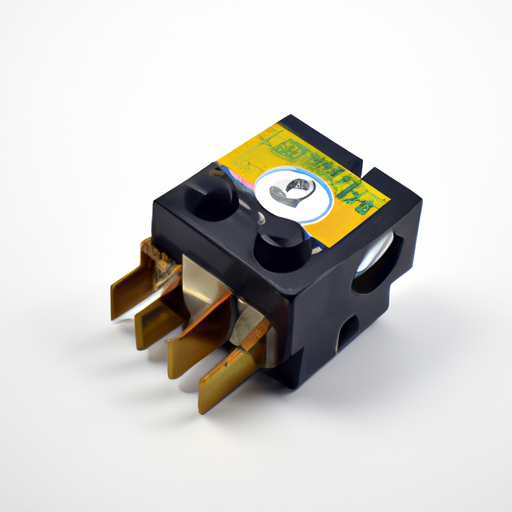
Trimmer Potentiometers: Core Functional Technology and Application DevelopmentTrimmer potentiometers, such as the CFR-50JB-52-1K3, are vital components in electronic circuits, enabling precise adjustments of resistance values to optimize performance. Below, we delve into the core functional technologies, relevant articles, and application development cases that illustrate the effectiveness of trimmer potentiometers.
Core Functional Technology1. Basic Operation2. Types of Trimmer Potentiometers3. Adjustment Mechanism4. Applications1. "Understanding Potentiometers: Types and Applications"2. "The Role of Trimmer Potentiometers in Circuit Design"3. "Designing with Trimmer Potentiometers"1. Audio Equipment Calibration2. Sensor Sensitivity Adjustment3. Power Supply Regulation4. Calibration of Measurement Instruments Articles and Resources Application Development Cases ConclusionTrimmer potentiometers, such as the CFR-50JB-52-1K3, are indispensable in electronic design and application development. Their ability to provide precise adjustments makes them crucial in various fields, including audio engineering, sensor technology, and measurement instrumentation. A thorough understanding of their functionality and applications can lead to more effective designs and improved performance in electronic systems, ultimately enhancing the reliability and accuracy of electronic devices.
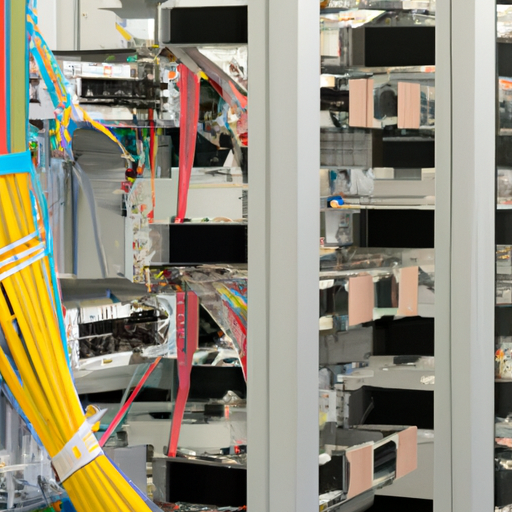
Application Development in Arrays and Signal Transformers for CFR-25JB-52-1R2: Key Technologies and Success StoriesApplication development in arrays and signal transformers, particularly for components like the CFR-25JB-52-1R2, involves a multidisciplinary approach that combines electronic engineering, software development, and system integration. The CFR-25JB-52-1R2 is a precision resistor widely used in various electronic applications, including signal processing and conditioning. Below is an overview of key technologies and success stories related to this topic.
Key Technologies1. Array Technology2. Signal Transformers3. Digital Signal Processing (DSP)4. Simulation and Modeling Tools5. Embedded Systems1. Telecommunications2. Consumer Electronics3. Medical Devices4. Automotive Applications5. Industrial Automation Success Stories ConclusionThe development of applications using arrays and signal transformers, such as the CFR-25JB-52-1R2, exemplifies the intersection of hardware and software technologies. By effectively leveraging these components, industries can achieve enhanced performance, reliability, and efficiency in their electronic systems. As technology continues to evolve, the integration of these components into new applications will likely lead to further innovations and success stories across various sectors, driving advancements in electronic design and functionality.
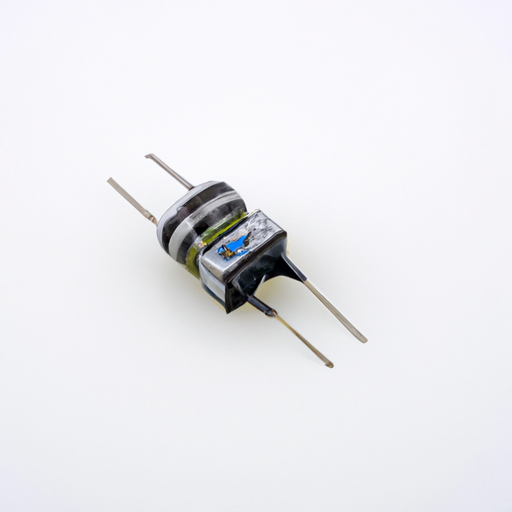
CFR-25JB-52-1M2 Adjustable Inductors: Core Functional Technology and Application DevelopmentIntroduction to Adjustable Inductors
Adjustable inductors, such as the CFR-25JB-52-1M2, are critical components in various electronic circuits, enabling the tuning of inductance values to meet specific application requirements. These inductors are particularly valuable in RF (radio frequency) applications, filters, oscillators, and other circuits where precise inductance is essential for optimal performance. Core Functional Technology1. Variable Inductance Mechanism2. Material Composition3. Temperature Stability4. Compact Design5. High Q Factor1. RF Tuners2. Filters3. Oscillators4. Power Supply Circuits5. Audio Applications Application Development Cases ConclusionThe CFR-25JB-52-1M2 adjustable inductor exemplifies the versatility and significance of adjustable inductors in modern electronics. Its core functional technologies, including variable inductance mechanisms, high Q factor, and temperature stability, make it suitable for a wide range of applications, from RF tuners to power supply circuits. As technology continues to advance, the demand for adjustable inductors is expected to grow, driving further innovation in their design and application. The CFR-25JB-52-1M2 stands as a testament to the importance of these components in achieving high-performance electronic systems.
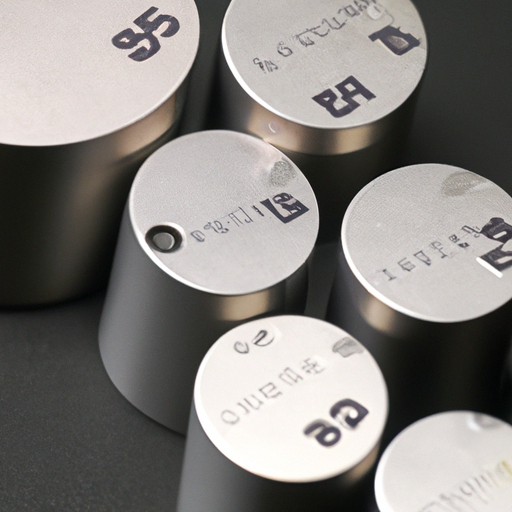
Application Development in Aluminum-Polymer Capacitors for CFR-25JB-52-1K2: Key Technologies and Success StoriesAluminum-polymer capacitors, such as the CFR-25JB-52-1K2, are increasingly recognized for their superior performance characteristics, including high capacitance, low equivalent series resistance (ESR), and excellent thermal stability. These attributes make them suitable for a wide range of applications across various industries. Below, we explore the key technologies that underpin their development and some notable success stories that illustrate their impact.
Key Technologies1. Electrolyte Formulation2. Anode and Cathode Materials3. Manufacturing Techniques4. Thermal Management5. Simulation and Modeling6. Integration with Power Electronics1. Consumer Electronics2. Electric Vehicles (EVs)3. Renewable Energy Systems4. Telecommunications5. Industrial Automation Success Stories ConclusionThe development and application of aluminum-polymer capacitors like the CFR-25JB-52-1K2 are propelled by advancements in materials science, manufacturing techniques, and integration with modern electronic systems. Their success across diverse industries underscores their versatility and performance advantages, positioning them as essential components in the evolution of electronic devices and systems. As technology continues to advance, the role of aluminum-polymer capacitors is expected to expand, particularly in high-performance and energy-efficient applications, paving the way for innovative solutions in the future.
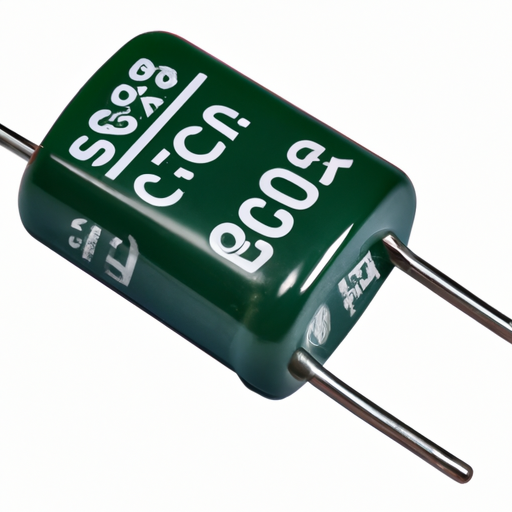
Overview of Silicon Capacitors: CFR-50JB-52-1K2Silicon capacitors, such as the CFR-50JB-52-1K2, represent a transformative leap in capacitor technology, characterized by their compact size, high performance, and seamless integration into modern electronic systems. This overview highlights the core functional technologies and application development cases that showcase the effectiveness of silicon capacitors.
Core Functional Technologies1. Silicon-Based Dielectric Material2. High Voltage and Temperature Tolerance3. Integration with Integrated Circuits (ICs)4. Low Leakage Current5. Scalability1. Consumer Electronics2. Automotive Electronics3. Telecommunications4. Medical Devices5. Industrial Automation Application Development Cases ConclusionSilicon capacitors, exemplified by models like the CFR-50JB-52-1K2, are leading the way in capacitor technology, offering significant advantages in performance, integration, and versatility across various applications. Their effectiveness in sectors ranging from consumer electronics to automotive and medical devices highlights their critical role in modern electronic design and development. As technology continues to advance, the importance of silicon capacitors is expected to grow, driving further innovation in high-performance electronic systems.
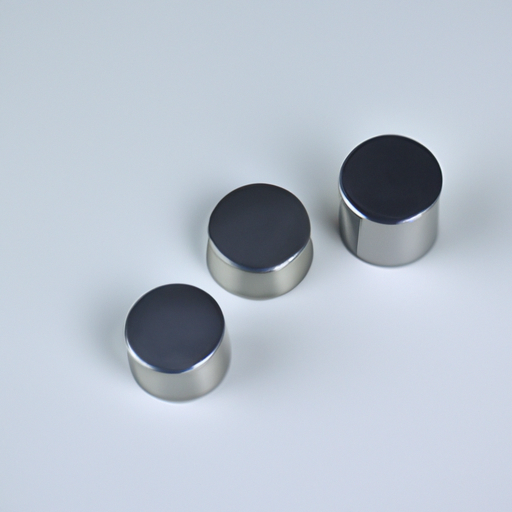
Core Functional Technologies of Thin Film Capacitors1. High Dielectric Constant Materials: Thin film capacitors utilize materials such as tantalum, aluminum oxide, and various polymers that possess high dielectric constants. This property allows for the miniaturization of capacitors while achieving high capacitance values, which is essential for modern electronic devices that require compact components.
2. Low Equivalent Series Resistance (ESR): The low ESR characteristic of thin film capacitors is crucial for high-frequency applications. It minimizes power losses and enhances circuit efficiency, making these capacitors ideal for applications in RF and microwave technologies. 3. Temperature Stability: Thin film capacitors are engineered to maintain stable capacitance across a wide temperature range. This stability is vital for applications in environments that experience significant temperature fluctuations, ensuring reliable performance.
4. High Voltage Ratings: The thin film technology enables the production of capacitors capable of withstanding high voltages. This feature is particularly important in power electronics, RF applications, and other scenarios where voltage levels can be substantial.
5. Integration with Other Technologies: Thin film capacitors can be integrated with other thin film components, such as resistors and inductors, to create multifunctional devices. This integration supports the development of compact and efficient electronic systems.
Application Development Cases1. RF and Microwave Applications: Thin film capacitors are integral to RF and microwave circuits, where their low ESR and high-frequency performance are critical. They are commonly used in tuning circuits, filters, and oscillators, contributing to the overall efficiency and performance of these systems.
2. Power Electronics: In power supply circuits, thin film capacitors serve essential roles in decoupling and filtering applications. Their ability to handle high voltages and currents makes them suitable for power converters, inverters, and other power management systems.
3. Consumer Electronics: In compact devices such as smartphones, tablets, and wearables, thin film capacitors are employed in audio circuits, power management systems, and signal processing applications. Their small size and high performance are crucial for meeting the demands of modern consumer electronics.
4. Automotive Applications: The increasing prevalence of electric vehicles and advanced driver-assistance systems (ADAS) has led to a growing use of thin film capacitors in automotive electronics. They are utilized for energy storage, filtering, and signal processing, contributing to the reliability and efficiency of automotive systems.
5. Medical Devices: Thin film capacitors are favored in medical devices due to their reliability and performance. Applications include imaging systems, diagnostic equipment, and portable medical devices, where size, weight, and performance are critical factors.
6. Telecommunications: In telecommunications infrastructure, thin film capacitors are essential for maintaining signal integrity and reliability in high-speed data transmission. They are used in base stations and other equipment to support the growing demand for data communication.
ConclusionThin film capacitors represent a significant advancement in capacitor technology, offering high performance in a compact form factor. Their applications span a wide range of industries, including telecommunications, automotive, consumer electronics, and medical devices. As technology continues to evolve, the demand for thin film capacitors is likely to grow, driven by the need for smaller, more efficient electronic components. The integration of thin film capacitors with other technologies will further enhance their capabilities and applications in the future, making them a critical component in the development of next-generation electronic systems.
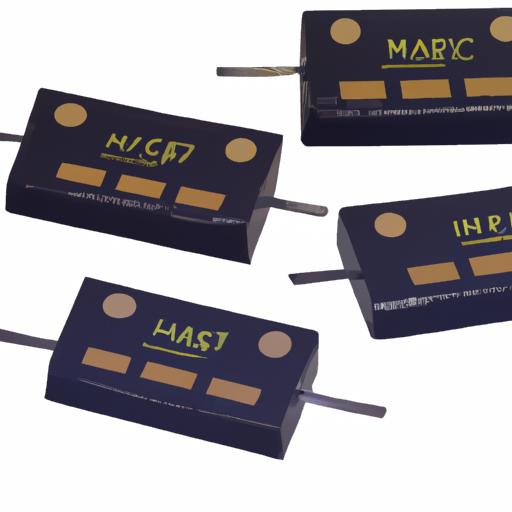
Mica and PTFE Capacitors: Core Functional Technologies and Application Development CasesMica and PTFE (Polytetrafluoroethylene) capacitors are specialized electronic components known for their unique properties, making them essential in various high-performance applications. Below, we delve into the core functional technologies, advantages, and notable application development cases for both types of capacitors.
Core Functional Technologies Mica Capacitors
1. **Dielectric Properties**: Mica capacitors utilize natural mica as a dielectric material, which provides exceptional thermal stability, low loss, and high insulation resistance. This makes them ideal for high-frequency applications where signal integrity is paramount.2. Temperature Stability: Mica capacitors exhibit excellent capacitance stability across a wide temperature range, making them suitable for environments with significant temperature fluctuations. 3. Low Loss Factor: The low dissipation factor of mica is crucial for applications requiring high precision and minimal signal degradation, such as RF circuits.
4. High Voltage Ratings: Mica capacitors can handle high voltages, making them suitable for power electronics, RF applications, and other high-stress environments.
PTFE Capacitors
1. **Chemical Resistance**: PTFE is renowned for its outstanding chemical resistance, allowing PTFE capacitors to perform reliably in harsh environments, including those exposed to corrosive substances.2. Low Dielectric Constant: PTFE capacitors feature a low dielectric constant, contributing to their low loss characteristics and making them suitable for high-frequency applications.
3. Wide Temperature Range: Similar to mica capacitors, PTFE capacitors can operate effectively over a broad temperature range, enhancing their versatility.
4. Self-Healing Properties: PTFE capacitors exhibit self-healing characteristics, which improve their reliability and longevity in circuits by automatically repairing minor dielectric failures.
Application Development Cases Mica Capacitors
1. **Aerospace and Defense**: Mica capacitors are extensively used in aerospace applications due to their reliability and performance under extreme conditions. They are integral to radar systems, communication devices, and navigation equipment, where failure is not an option.2. High-Frequency RF Applications: Mica capacitors are commonly found in RF amplifiers, oscillators, and filters, where stability and low loss are critical. Their ability to maintain performance at high frequencies makes them a preferred choice in telecommunications and broadcasting.
3. Medical Equipment: In medical devices, mica capacitors are valued for their precision and reliability, particularly in imaging systems (like MRI machines) and diagnostic equipment, where accuracy is crucial.
PTFE Capacitors
1. **Telecommunications**: PTFE capacitors are widely used in telecommunications equipment, including base stations and signal processing units, due to their low loss and high-frequency performance. They are essential in maintaining signal integrity in modern communication systems.2. Industrial Applications: In industrial settings, PTFE capacitors are employed in power supplies and motor drives, particularly where chemical exposure is a concern. Their durability and resistance to harsh environments make them ideal for applications in chemical processing and manufacturing.
3. Automotive Electronics: PTFE capacitors are increasingly utilized in automotive applications, especially in electric vehicles (EVs) and hybrid vehicles, where high reliability and performance are essential. They are used in power management systems, battery management systems, and electric drive systems.
ConclusionMica and PTFE capacitors each offer unique advantages that make them suitable for specific applications across various industries. Mica capacitors excel in high-frequency and high-voltage applications, while PTFE capacitors are favored for their chemical resistance and self-healing properties. As technology continues to advance, the demand for these capacitors in cutting-edge applications—such as 5G telecommunications, electric vehicles, and aerospace systems—is expected to grow, driving further innovation and development in capacitor technology. The ongoing evolution of electronic devices will likely lead to new applications and enhancements in the performance of mica and PTFE capacitors, solidifying their role in the future of electronics.
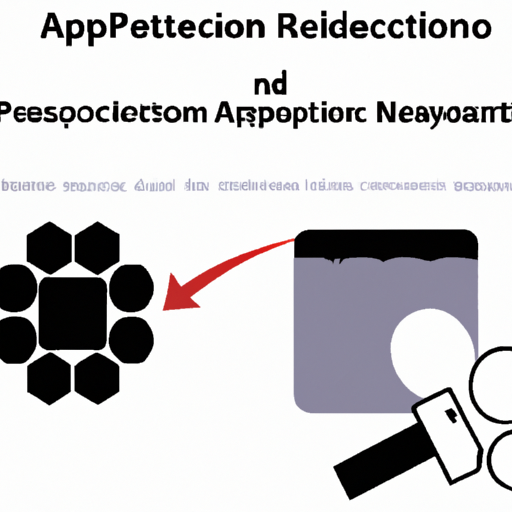
Application Development in Film Capacitors for CFR-50JB-52-1M1: Key Technologies and Success StoriesFilm capacitors, such as the CFR-50JB-52-1M1, are integral components in a wide range of electronic applications due to their superior electrical properties, reliability, and versatility. Below, we explore the key technologies that underpin their development and highlight notable success stories across various industries.
Key Technologies1. Material Innovations2. Advanced Manufacturing Techniques3. Dielectric Properties4. Simulation and Modeling5. Integration with Power Electronics1. Renewable Energy Systems2. Electric Vehicles (EVs)3. Consumer Electronics4. Industrial Automation5. Telecommunications Success Stories ConclusionThe application development of film capacitors like the CFR-50JB-52-1M1 is propelled by advancements in materials, manufacturing techniques, and integration with modern technologies. The success stories across various industries underscore their versatility and reliability, establishing them as critical components in the evolution of electronic systems. As technology continues to advance, the role of film capacitors is expected to expand, particularly in emerging fields such as renewable energy and electric mobility, paving the way for innovative applications and enhanced performance in electronic devices.
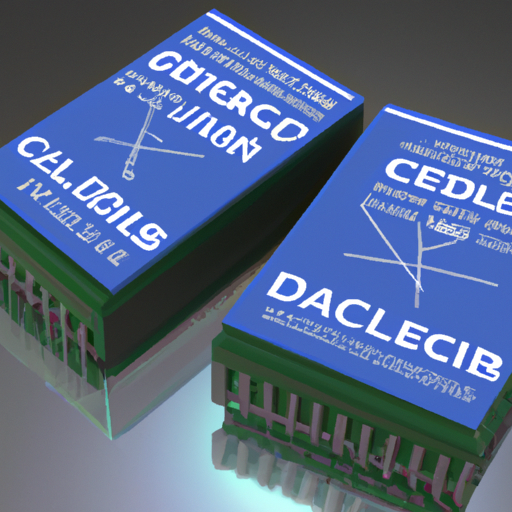
Electric Double Layer Capacitors (EDLCs) and Supercapacitors: Core Technologies and ApplicationsElectric Double Layer Capacitors (EDLCs), commonly referred to as supercapacitors, are pivotal in modern energy storage solutions. They combine the characteristics of traditional capacitors and batteries, offering unique advantages in various applications. Below, we delve into the core functional technologies that underpin EDLCs and highlight notable application development cases.
Core Functional Technologies of EDLCs1. Electrochemical Double Layer Formation2. High Surface Area Electrodes3. Electrolyte Composition4. Hybrid Capacitors5. Advanced Manufacturing Techniques1. Renewable Energy Systems2. Electric Vehicles (EVs)3. Consumer Electronics4. Industrial Applications5. Smart Grids and Energy Management6. Medical Devices Application Development Cases ConclusionElectric Double Layer Capacitors (EDLCs) represent a significant leap in energy storage technology, characterized by high power density, rapid charge/discharge capabilities, and long cycle life. Their versatility allows for a wide range of applications, from renewable energy systems to consumer electronics and industrial machinery. As research and development continue to advance, the performance and applicability of supercapacitors are expected to expand, solidifying their role as a cornerstone of future energy solutions.

Application Development in Ceramic Capacitors for CFR-50JB-52-1K1: Key Technologies and Success StoriesCeramic capacitors, such as the CFR-50JB-52-1K1, are integral components in modern electronic systems due to their reliability, stability, and performance characteristics. The development and application of these capacitors involve several key technologies and methodologies that enhance their functionality across various industries. Below are insights into these technologies and notable success stories.
Key Technologies1. Material Science Innovations2. Manufacturing Techniques3. Simulation and Modeling4. Testing and Quality Assurance5. Integration with Other Components1. Consumer Electronics2. Automotive Applications3. Telecommunications4. Medical Devices5. Renewable Energy Systems Success Stories ConclusionThe application development of ceramic capacitors like the CFR-50JB-52-1K1 is driven by advancements in materials, manufacturing processes, and integration techniques. Success stories across various industries highlight the versatility and reliability of ceramic capacitors, making them a critical component in modern electronic systems. As technology continues to evolve, the role of ceramic capacitors is expected to expand, particularly in emerging fields such as IoT, AI, and renewable energy, paving the way for innovative applications and solutions.
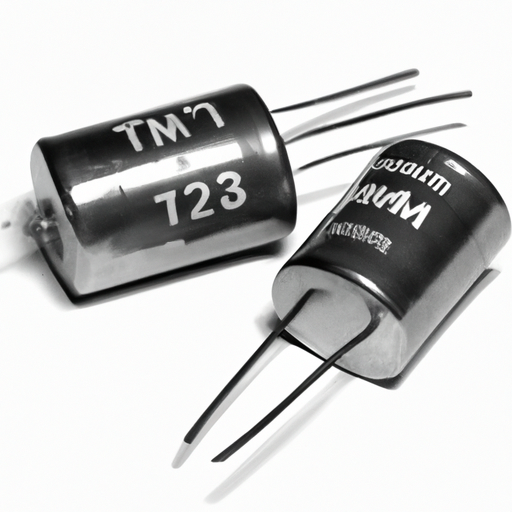
Tantalum Capacitors: Core Functional Technology and Application DevelopmentTantalum capacitors are essential components in modern electronics, known for their high capacitance per volume, stability, and reliability. While the MM74HC4020N is a binary ripple counter IC, the integration of tantalum capacitors in circuits utilizing such ICs can enhance performance significantly. Below, we explore core functional technology articles and application development cases that highlight the effective use of tantalum capacitors.
Core Functional Technology Articles1. Understanding Tantalum Capacitors:2. Applications of Tantalum Capacitors:3. Reliability and Failure Mechanisms:1. Consumer Electronics:2. Automotive Applications:3. Medical Devices: Application Development Cases ConclusionTantalum capacitors are pivotal in enhancing the performance and reliability of modern electronic circuits, including those involving ICs like the MM74HC4020N. Their unique properties make them suitable for a diverse range of applications, from consumer electronics to automotive and medical devices. By understanding their functionality, reliability, and application cases, engineers can make informed decisions when designing circuits that require high-performance capacitors, ultimately leading to more efficient and reliable electronic systems.
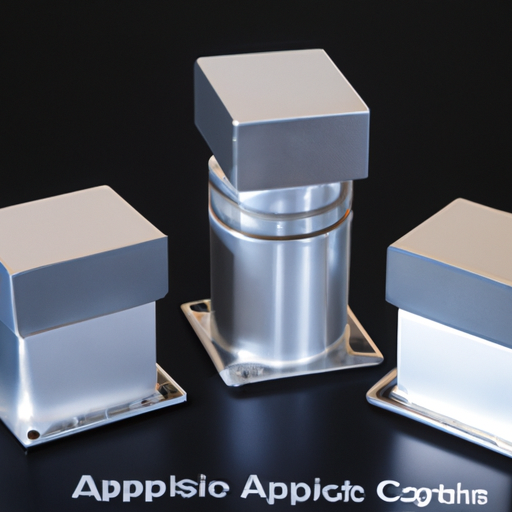
Application Development in Aluminum Electrolytic Capacitors for CFR-50JB-52-1R1: Key Technologies and Success StoriesAluminum electrolytic capacitors, such as the CFR-50JB-52-1R1, are integral components in a wide range of electronic applications due to their high capacitance values, cost-effectiveness, and versatility. The development and application of these capacitors involve several key technologies and methodologies that enhance their performance and reliability. Below are some key technologies and notable success stories related to aluminum electrolytic capacitors.
Key Technologies1. Electrolyte Formulation2. Anodization Techniques3. Improved Foil Manufacturing4. Hybrid Capacitors5. Environmental Considerations6. Simulation and Modeling1. Consumer Electronics2. Automotive Applications3. Renewable Energy Systems4. Industrial Automation5. Telecommunications Success Stories ConclusionThe development of aluminum electrolytic capacitors, such as the CFR-50JB-52-1R1, is driven by continuous innovation in materials, manufacturing processes, and application-specific designs. The success stories across various industries underscore the importance of these components in enhancing the performance and reliability of electronic systems. As technology continues to advance, we can anticipate further improvements in capacitor performance, leading to new applications and enhanced functionality in existing ones. The ongoing evolution of aluminum electrolytic capacitors will play a pivotal role in shaping the future of electronic devices and systems.
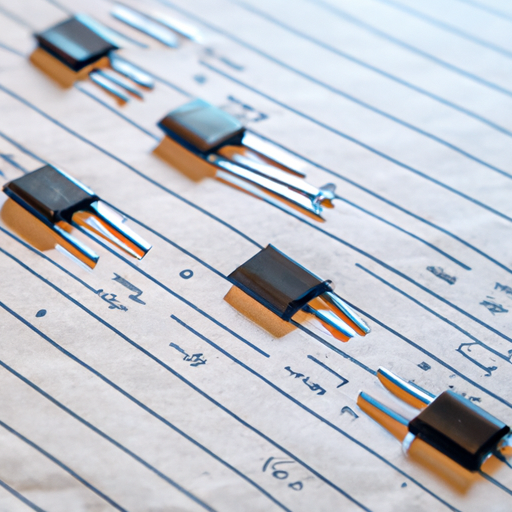
Application Development in Through-Hole Resistors for CFR-50JB-52-1M: Key Technologies and Success StoriesThrough-hole resistors, such as the CFR-50JB-52-1M, are integral components in a wide range of electronic applications due to their reliability, stability, and ease of handling during assembly. This overview highlights the key technologies that enhance their performance and some notable success stories that illustrate their application across various industries.
Key Technologies1. Material Science2. Manufacturing Techniques3. Testing and Quality Control4. Design and Simulation Tools5. Thermal Management1. Consumer Electronics2. Industrial Automation3. Medical Devices4. Automotive Applications5. Telecommunications Success Stories ConclusionThrough-hole resistors like the CFR-50JB-52-1M are essential components across multiple industries, providing reliability and performance in various applications. The integration of advanced materials, manufacturing techniques, and rigorous testing protocols ensures their continued relevance in modern electronic design. Success stories in consumer electronics, industrial automation, medical devices, automotive applications, and telecommunications underscore the versatility and importance of these components. As technology evolves, through-hole resistors will remain a fundamental element in the development of reliable and efficient electronic systems, adapting to meet the demands of future innovations.
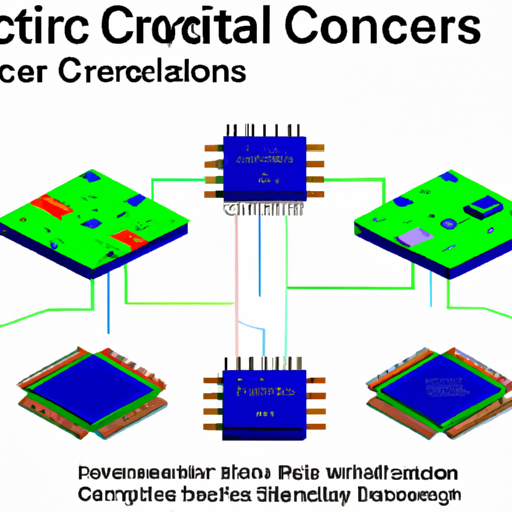
Overview of Integrated Circuits (ICs) and the CFR-50JB-52-1KIntegrated Circuits (ICs) are essential components in modern electronics, enabling the miniaturization and functionality of devices across various applications. While the CFR-50JB-52-1K may not be widely recognized, it represents a specific type of IC that likely serves a specialized function. Below, we explore the core functional technologies of ICs and highlight application development cases that demonstrate their effectiveness.
Core Functional Technologies of Integrated Circuits (ICs)1. Digital Logic Circuits2. Analog Circuits3. Mixed-Signal Circuits4. Power Management ICs (PMICs)5. Radio-Frequency Integrated Circuits (RFICs)1. Consumer Electronics2. Automotive Industry3. Healthcare Devices4. Industrial Automation5. Internet of Things (IoT) Application Development Cases ConclusionIntegrated circuits are the backbone of modern electronic systems, driving innovation across various industries. The development of advanced IC technologies continues to enhance the performance, efficiency, and compactness of electronic devices. As the demand for smarter and more connected solutions grows, the role of ICs, including specific types like the CFR-50JB-52-1K, will become increasingly vital in shaping the future of technology. The ongoing evolution of ICs will enable new applications and capabilities, further integrating technology into everyday life.